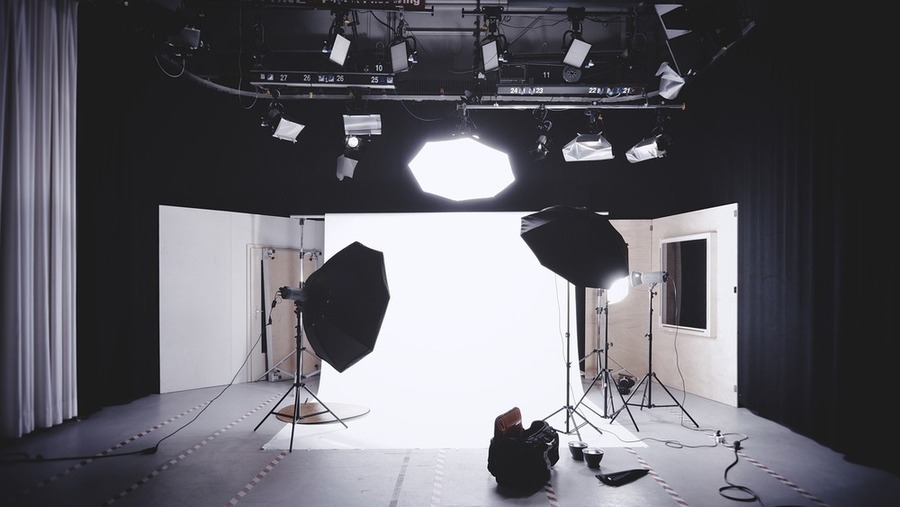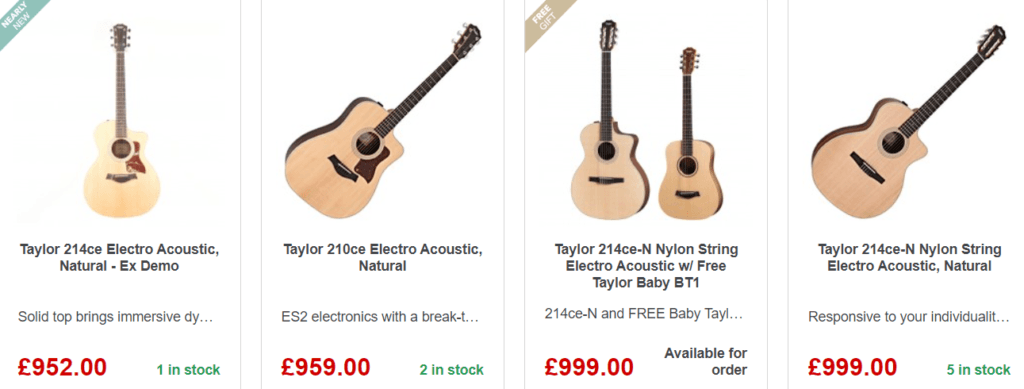Setting up a home recording studio can be a dream come true for many guitarists. It provides the freedom to create and produce music at your own pace without the constraints of booking studio time. Here’s a guide to help you build an effective and efficient home recording setup.

1. Choose the Right Space
The first step is to select an appropriate space in your home. Ideally, this should be a quiet room with minimal outside noise and good acoustics. Basements or spare bedrooms often make good choices.
2. Acoustic Treatment
Investing in acoustic treatment is crucial to manage sound reflections and ensure accurate monitoring. Consider the following:
- Foam Panels: Place these on walls to absorb high and mid-range frequencies.
- Bass Traps: Install these in corners to control low frequencies.
- Diffusers: These scatter sound waves to prevent a room from sounding too “dead.”
3. Essential Equipment
Here’s a list of essential gear for your home studio:
- Computer: A powerful computer with sufficient RAM and storage is the backbone of your studio.
- Digital Audio Interface (DAI): This converts analog signals to digital. Look for one with high-quality preamps.
- DAW (Digital Audio Workstation): Software like Pro Tools, Logic Pro X, or Ableton Live are industry standards for recording and editing.
- Monitors and Headphones: Invest in a good pair of studio monitors and headphones for accurate sound reproduction.
- Microphones: A quality condenser microphone is essential for capturing vocals and acoustic guitar.
- MIDI Controller: Useful for programming drums and other instruments.
4. Cabling and Connectivity
Ensure you have all necessary cables and connections. Use balanced cables for your monitors and interface to reduce noise.
5. Guitar-Specific Gear
For guitarists, having the right tools can make a significant difference:
- Guitar Amplifier: A good amp can add warmth and character to your recordings. Consider a model with a direct out for recording.
- Effects Pedals: These can help shape your guitar tone.
- Re-Amping Box: Allows you to send a recorded guitar signal back through an amplifier for further processing.
6. Recording Techniques
Understanding basic recording techniques can elevate the quality of your recordings:
- Mic Placement: Experiment with different positions to find the best sound. For example, placing a mic at the 12th fret of an acoustic guitar can capture a balanced tone.
- Direct Input (DI): For electric guitars, recording a DI signal allows for later re-amping or digital processing.
- Layering: Record multiple takes and layer them to create a fuller sound.
7. Soundproofing
To avoid disturbing others and to keep outside noise at bay, consider soundproofing your studio. This can involve:
- Heavy Curtains: Over windows to block sound.
- Door Seals: To prevent sound leakage.
- Rugs and Carpets: To absorb sound within the room.
8. Monitoring and Mixing
Accurate monitoring is key to a good mix:
- Monitor Positioning: Place monitors at ear level and form an equilateral triangle with your listening position.
- Headphone Mixing: Use reference tracks to ensure your mix translates well to different playback systems.
9. Backup and Storage
Regularly back up your recordings to avoid data loss. External hard drives and cloud storage are good options.
10. Stay Inspired and Educated
Continuously learn and experiment with new techniques and gear. Online tutorials, forums, and courses can provide valuable insights and inspiration.
Conclusion
Creating a home recording studio is an exciting venture that can greatly enhance your music production capabilities. By investing in the right equipment and understanding basic recording principles, you can produce professional-quality recordings from the comfort of your home. Happy recording!




